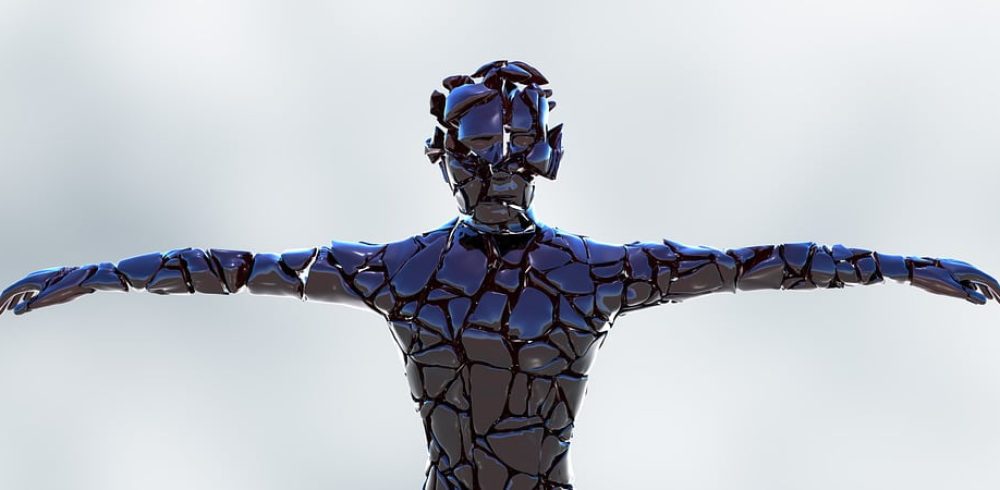Cornwall-based robot manufacturer Engineered Arts has secured funding from Lloyds Bank to purchase new machinery.
The company, established in 2004, featured in the recent Channel 4 documentary âHow to Build a Humanâ and has worked for the NASA Space Centre in Florida.
Established in 2004, Engineered Arts (www.engineeredarts.co.uk) makes humanoid robots that are used for social-interaction research and entertainment.
The machines are able to tell stories and interact with guests, and they are often used at visitor attractions.
Among the companyâs customers are the national science museums of Australia, Spain and Thailand, as well as the University of North Carolina.
Engineered Arts has an annual turnover of £1 million and employs a team of 14 people, including designers, electronic and mechanical engineers and software developers. The funding from the bank will be used to purchase a new CNC machine.
Gill Spencer, Finance manager, commented: Experts predict that robots and artificial intelligence will be integrated into nearly every aspect of our daily lives by 2025. While a number of our robots are used by universities researching the science of human and robot relationships, more than 80% of our robots are already in the public sphere, interacting with people at science museums around the world.
We have seen an increased interest in our products both for research and visitor interaction purposes. The support from Lloyds Bank has allowed us to meet this new demand by improving and modernising our production capacity, which is vital as we look to expand both domestically and overseas.
Tim Williams, relationship manager at Lloyds Bank Commercial Banking, said: “As businesses become more aware of the positive impact robots can have on their operations, it leaves Engineered Arts well placed to capitalise on these new opportunities.
“We’re committed to supporting small to medium sized businesses like Engineered Arts. To underline this, we have grown our net lending to SMEs by 29 per cent, while the market has contracted by 12 per cent.”















